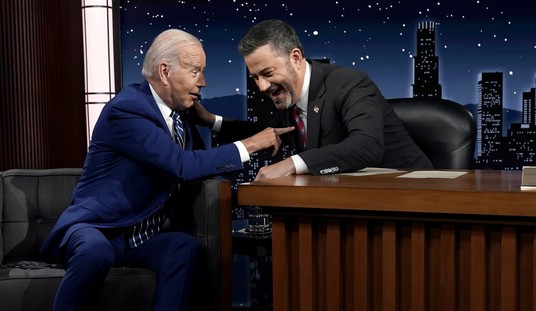This was in 2002, before the “transition.”
According to a Court of Appeals opinion, Dolezal’s lawsuit “claimed discrimination based on race, pregnancy, family responsibilities and gender.” She alleged that Smith and other school officials improperly blocked her appointment to a teaching assistant post, rejected her application for a post-graduate instructorship, and denied her scholarship aid while she was a student.
The court opinion also noted that Dolezal claimed that the university’s decision to remove some of her artworks from a February 2001 student exhibition was “motivated by a discriminatory purpose to favor African-American students over” her.
As detailed in the court opinion, Dolezal’s lawsuit contended that Howard was “permeated with discriminatory intimidation, ridicule, and insult.”
She lost the suit but Dolezal’s issues with Howard were well known to her family. Her history with the school is fascinating, in fact, and may be a window onto why she began to try to pass as black in the first place. She got a full scholarship to Howard for her art, which specialized in portraits of African-Americans. The school, her father claims, “took her for a black woman” because of her subject matter although she presented herself as white at the time and wouldn’t begin to change her appearance until years later.
Turns out things weren’t always easy for a white student on campus:
[Rachel’s brother] Ezra believes the only reason his sister would change her identity was due to the racism she claimed to have encountered at Howard University, where she graduated with her master’s degree in fine art in 2002.
Rachel, he added, would often complain that she was treated poorly as one of only a few white students on a mostly black campus.
“She used to tell us that teachers treated her differently than other people and a lot of them acted like they didn’t want her there,” Ezra said. “Because of her work in African-American art, they thought she was a black student during her application, but they ended up with a white person.”
He said that the experience made her angry, and it was then that Rachel started being “hateful to white people.”
She ended up “self-hating,” he claims, which, if true, helps explain the psychological pressure to “become” black. A bit more detail courtesy of a former Howard student:
While nobody doubted [Dolezal’s] racial identity [at Howard], the former student told BuzzFeed News that some faculty members were critical of the motivations behind her work. She noted one professor specifically: Tritobia Benjamin, who was well known in the art world as an authority on black female artists.
“Dr. Benjamin was very critical of Rachel,” the former student told BuzzFeed News, because although she was white, she “captured the black body in her paintings,” particularly black men.
So imagine you’re Rachel Dolezal, having grown up with adopted brothers and sisters who are black, having married a black man, having focused your art on African-American subjects, having applied and been accepted to Howard University, and then discovering that you’re still not black enough to be fully accepted in the cultural and academic circles you move in. Part of the reason she changed her appearance doubtless was sincere identification with and admiration for black culture, but partly too it now seems like an act of desperation to assimilate as completely as she wished. She was caught in an authenticity trap, a ludicrous phony when she tried to pass as black and a “problematic” white artist exploiting black subjects when she didn’t.
Via Mediaite, here’s Whoopi Goldberg wondering why, if a man can sincerely feel like he’s a woman, Rachel Dolezal can’t sincerely feel like she’s black, a question conservatives have been asking for the past four days. Note too Whoopi’s joke near the end about how she’s fine with Dolezal’s new identity so long as she’s prepared for “everything that comes with that.” I asked that question this morning. What if Dolezal is prepared for it? What if she prefers to live as a black woman even if that means experiencing prejudice? If race is a social construct and the touchstone of that construct in America is oppression, why shouldn’t a white woman who’s willing to endure it because of her appearance, with no intention of changing that appearance, be treated as authentic?








Join the conversation as a VIP Member